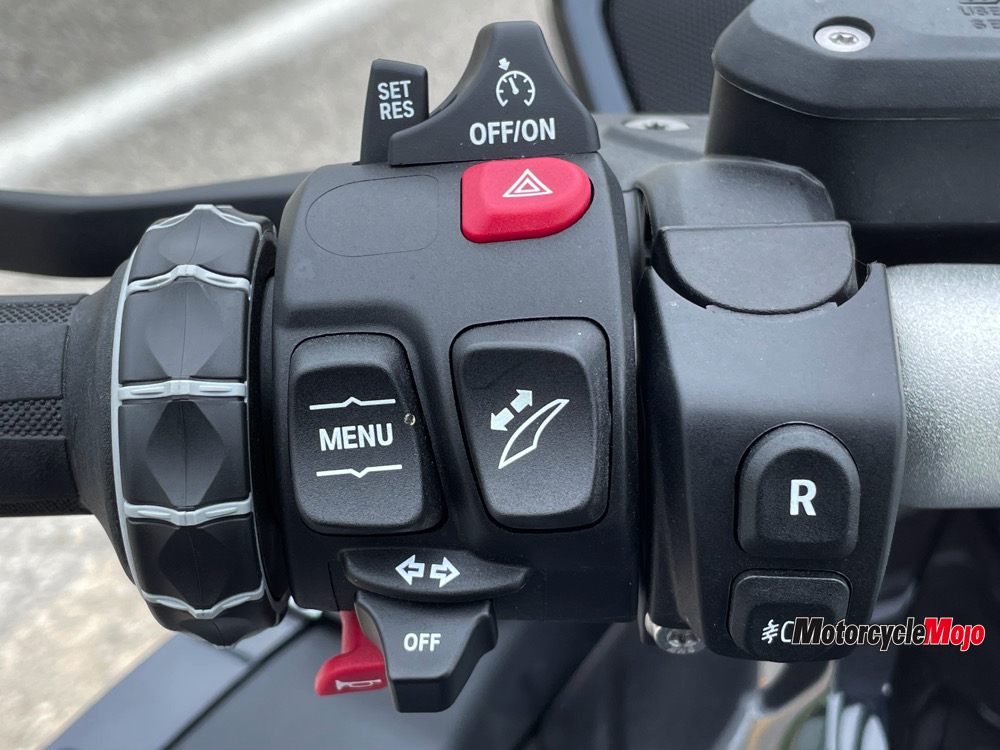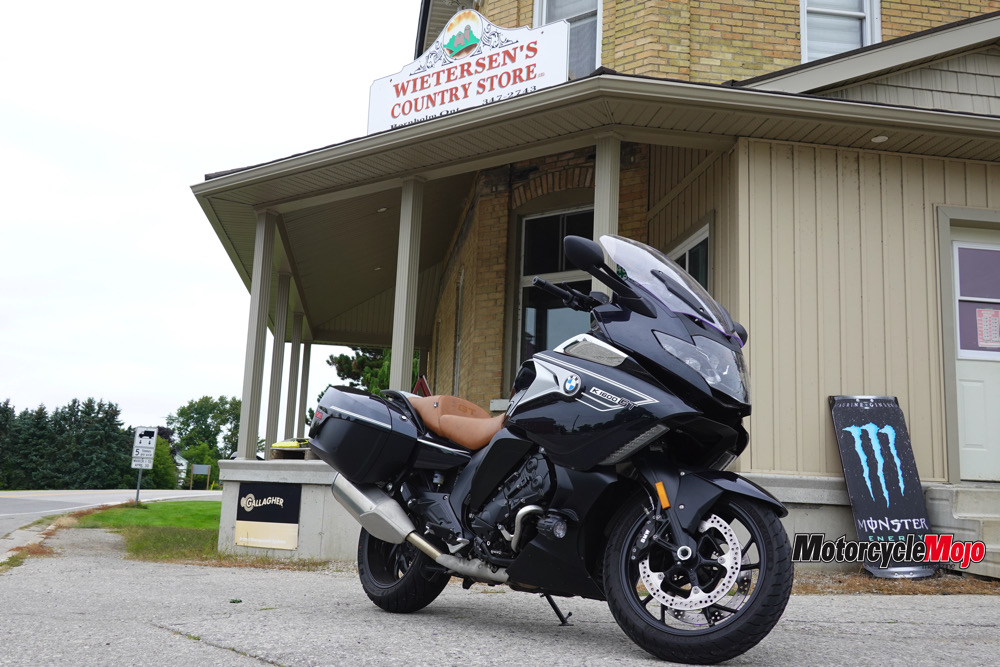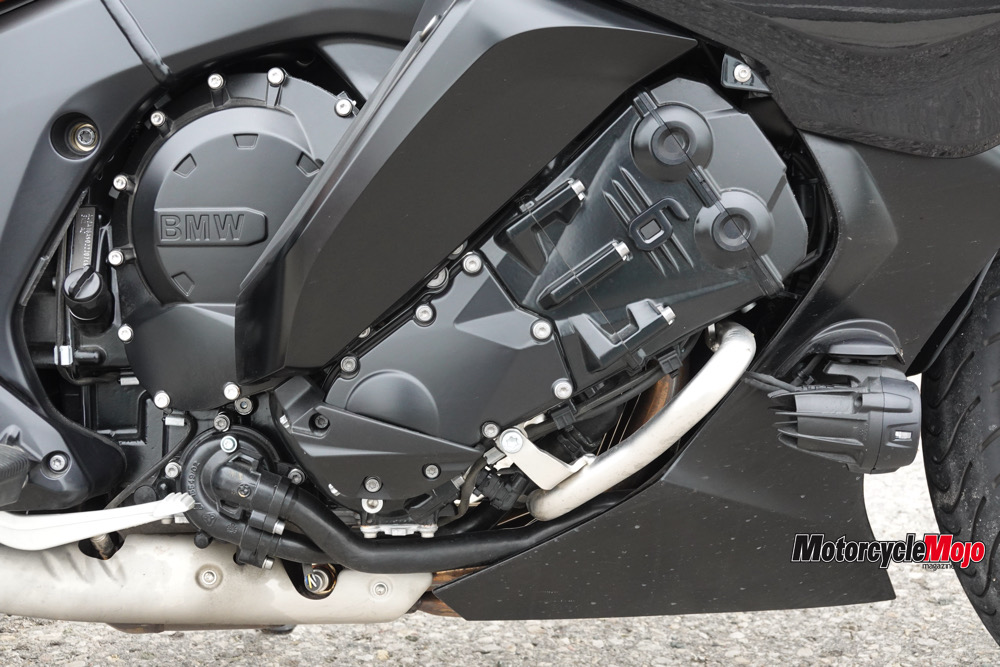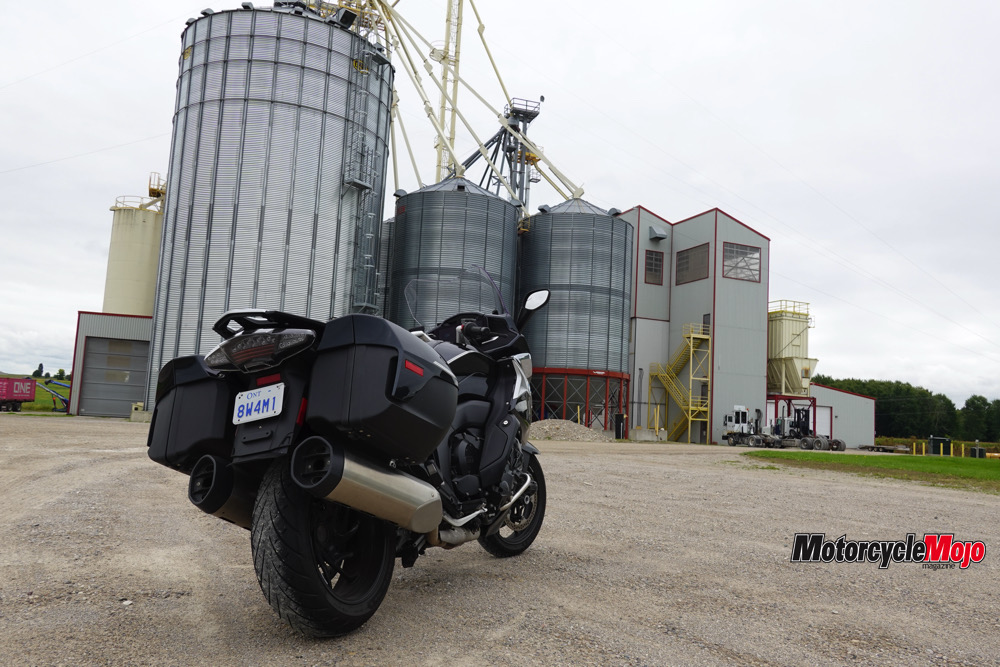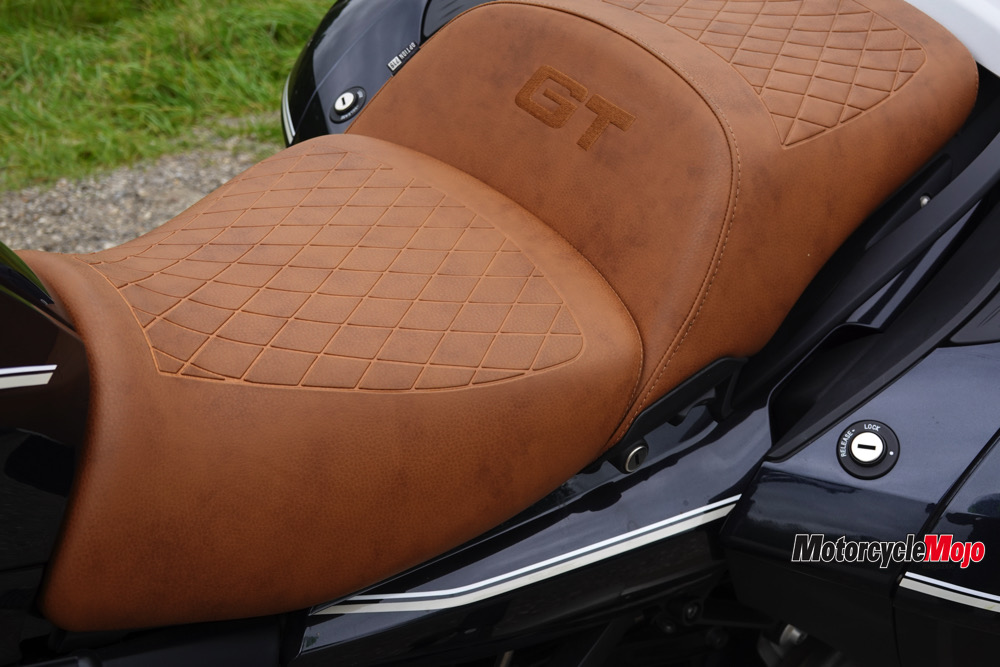Bavarian Grand Tourer
There’s just something about a six-pack symphony of pistons on the open road.
Motorcycling is all about minimalism. Or at least we like to pretend it is. Of course, if that were really true, we’d all be riding unfaired single-cylinder motorcycles stripped to the bone and devoid of any but the most modest of modernities.
Though they be enjoying a modest resurgence, one-lungers are hardly the most aspirational — or even the most mainstream — motorcycles these days. More common are twins, a few inline-threes and, of course, the inline-four has become the ultimate UJM (Universal Japanese Motorcycle).
Six-cylinder motorcycles, however, remain as rare as a BSA without an oil leak. Oh, Honda raced some 250- and 297-cc inline-sixes during the ’50’s and ’60s and produced its now-cherished-but-then-widely-ignored CBX in the early ’80s. Though pretty much now forgotten, Kawasaki did have a thoroughly beastly KZ1300 in its late ’80s lineup, but it’s mostly remembered for Doug Domokos wheelieing its 800 leaden pounds like a rocketship pointing towards the moon. And yes, all you Italian bike aficionados, Benelli did put out the Sei as well — in both 750 and 900 denominations — but they’re mostly remembered for being cheap carbon copies of Honda’s CB500 Four with two crankpins tacked on the end. None were ultimately very popular. The six-cylinder motorcycle has long been revered, but seldom has it been successful.
LONGEVITY CONTINUES
 BMW’s K1600, on the other hand, stands out for its longevity. Oh, it’s hardly threatened the R1250GS as the most popular bike in the company’s lineup but it has hung around since 2010. Credit the odd tastes of BMW owners or maybe just the carry-over effect of having the company’s automobile division famed for its six-cylinder prowess, but the last 13 years is the longest run an inline-six has had in the motorcycling world.
BMW’s K1600, on the other hand, stands out for its longevity. Oh, it’s hardly threatened the R1250GS as the most popular bike in the company’s lineup but it has hung around since 2010. Credit the odd tastes of BMW owners or maybe just the carry-over effect of having the company’s automobile division famed for its six-cylinder prowess, but the last 13 years is the longest run an inline-six has had in the motorcycling world.
And it looks to be extended. Unlike so many niche engines — 600-cc supersport fours, many litre superbikes, etc. — that have disappeared as a result of more stringent emissions standards — Euro emissions regs are the usual excuse — BMW has rejigged its big 1,649-cc lump and it’s now clean enough to soldier on for at least three or four more years.
The good news is that horsepower hasn’t been reduced by the shortening of valve timing required. The bad news is that the reduced valve overlap necessitated by the shorter duration, higher-lift cams required to reduce unburnt hydrocarbons from exiting the exhaust means that peak power of 160-hp now occurs at just 6,750 rpm (1,000 rpm lower than previously). Oh, it’ll rev out to 8,000 rpm in the lower gears but there’s not much point as the torque peak is a long way behind.
SIX-CYLINDER HOWL
Nonetheless, the big six is the reason one shells out $29,950 for the big 1600GT. Indescribably smooth and effervescently revvy, even though this…

Thanks for Reading
If you don’t already subscribe to Motorcycle Mojo we ask that you seriously think about it. We are Canada’s last mainstream motorcycle magazine that continuously provides a print and digital issue on a regular basis.
We offer exclusive content created by riders, for riders.
Our editorial staff consists of experienced industry veterans that produce trusted and respected coverage for readers from every walk of life.
Motorcycle Mojo Magazine is an award winning publication that provides premium content guaranteed to be of interest to every motorcycle enthusiast. Whether you prefer cruisers or adventure-touring, vintage or the latest models; riding round the world or just to work, Motorcycle Mojo covers every aspect of the motorcycle experience. Each issue of Motorcycle Mojo contains tests of new models, feature travel stories, compelling human interest articles, technical exposés, product reviews, as well as unique perspectives by regular columnists on safety or just everyday situations that may be stressful at the time but turn into fabulous campfire stories.
Thanks for considering a subscription. The Mojo team truly appreciates it.




